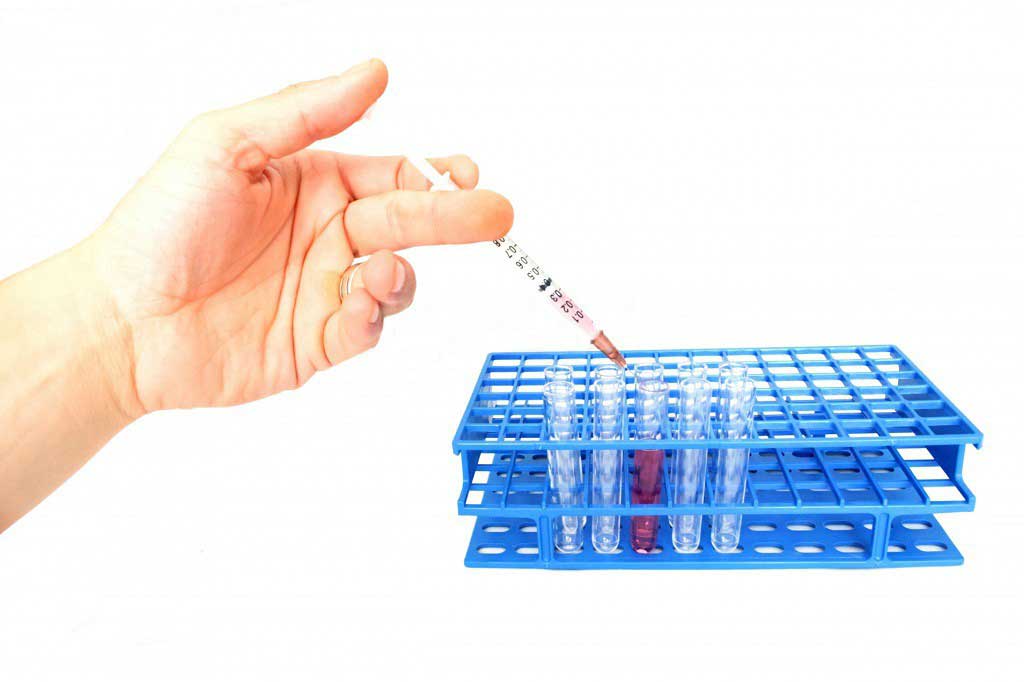Myocardial infarction
Treatment
The treatment options for a heart attack depend on whether you've had an ST segment elevation myocardial infarction (STEMI), or another type of heart attack.
A STEMI is the most serious form of heart attack and requires emergency assessment and treatment. It's important you're treated quickly to minimise damage to your heart.
If you have symptoms of a heart attack and an electrocardiogram (ECG) shows you have a STEMI, you'll be assessed for treatment to unblock the coronary arteries.
The treatment usedwill depend on when your symptoms started and how soon you can access treatment.
- If your symptoms started within the past 12 hours you'll usually be offered primary percutaneous coronary intervention (PCI).
- If your symptoms started within the past 12 hours but you can't access PCI quickly you'll be offered medicationto break down blood clots.
- If your symptoms started more than 12 hours ago you may be offered a different procedure, especially if symptoms have improved. The best course of treatment will be decided after an angiogram and may include medication, PCI orbypass surgery.
Primary percutaneous coronary intervention (PCI)
Primary PCI is the term for emergency treatment of STEMI, usinga procedure to widen the coronary artery ( Stent insertion ).
Coronary angiography is performed first to assess your suitability for PCI.
You may also be given blood-thinning medicationto prevent further clots from developing, such as:
- aspirin
- heparin
- clopidogrel
- prasugrel
- ticagrelor
- bivalirudin
Some of these medications may be continued for some timeafter PCI.
Coronary angioplasty
Coronary angioplasty is apotentially complex type of procedure that requires specialist staff and equipment, and not all hospitals have the facilities.
This means you'll need to be taken urgently, by ambulance, to one of the specialist centres (Heart Attack Centres) that now serve most of the UK's regions.
During coronary angioplasty, a tiny tube known as a balloon catheter, with a sausage-shaped balloon at the end, is put into a large artery in your groin or arm. The catheter is passed through your blood vessels and up to your heart, over a fine guidewire, using X-rays to guide it, before being moved into the narrowed section of your coronary artery.
Once in position, the balloon is inflated inside the narrowed part of the coronaryartery to open it wide. A stent (flexible metal mesh) is usually inserted into the artery to help keep it open afterwards.
Medication to break down blood clots
Medicationsused to break down blood clots, known asthrombolyticsor fibrinolytics, are usually given by injection.
Thrombolytics, or fibrinolytics, target and destroy a substance called fibrin. Fibrin is a tough protein that makes up blood clots by acting like a sort of fibre mesh that hardens around the blood.
Some examples of these types of medications include:
- reteplase
- alteplase
- streptokinase
You may also be given an additional medication called a glycoprotein IIb/IIIa inhibitor if it is thought you have an increased risk of experiencing another heart attack at some point in the near future.
Glycoprotein IIb/IIIa inhibitors don't break up blood clots, but they prevent blood clots from getting bigger. They're an effective method of stopping your symptoms getting worse.
Coronary artery bypass graft
A coronary angioplasty may not be technically possible sometimes if the anatomy of your arteries is different from normal. This may be the case if there are too many narrow sections in your arteries or if there are lots of branches coming off your arteries that are also blocked.
In such circumstances, an alternative surgicaloperation, known as a coronary artery bypass graft (CABG) , may be considered. A CABG involves taking a blood vessel from another part of your body, usually your chest or leg, to use as a graft.
The graftbypasses any hardened or narrowed arteries in the heart. A surgeon will attach the new blood vessel to the aorta and the other to the coronary arterybeyond the narrowed area or blockage.
- Angina
- Angina is chest pain caused by a reduced flow of blood to the heart, typically resulting from heart disease.
- Arteries
- Arteries are blood vessels that carry blood from the heart to the rest of the body.
- Blood
- Blood supplies oxygen to the body and removes carbon dioxide. It is pumped around the body by the heart.
- Cholesterol
- Cholesterol is a fatty substance made by the body found in blood and tissue. It is used to make bile acid, hormones and vitamin D.
- Heart attack
- A heart attack happens when there is a blockage in one of the arteries in the heart.
- Liver
- The liver is the largest organ in the body. Its main jobs are to secrete bile (to help digestion), detoxify the blood and change food into energy.
- Platelet
- Platelets are cells in the blood that control bleeding by plugging broken blood vessels and helping the blood to clot.
- Pain
- Pain is an unpleasant physical or emotional feeling your body produces as a warning sign it has been damaged.
- Shock
- Shock is a short-term state of body weakness usually after an accident or injury. It is caused when there is an insufficient supply of oxygen.
- Stomach
- The sac-like organ of the digestive system. It helps digest food by churning and mixing it with acids to break it down.
- Vein
- Veins are blood vessels that carry blood from the rest of the body back to the heart.
- X-ray
- An X-ray is a painless way of producing pictures of inside the body using radiation.
Introduction
A heart attack (myocardial infarction or MI) is a serious medical emergency in which the supply of blood to the heart is suddenly blocked, usually by a blood clot.
Symptoms
Read about symptoms of a heart attacks, including chest pain, shortness of breath, feeling and being sick, and anxiety
Causes
Heart attacks are caused by the blood supply to the heart being suddenly interrupted, usually by a blood clot
Diagnosis
If a heart attack is suspected, you should be admitted to hospital immediately. You will usually be admitted to an acute cardiac care unit (ACCU) so the diagnosis can be confirmed and treatment begin.
Treatment
Read about treating a heart attacks, including an ST segment elevation myocardial infarction (STEMI)
Complications
Read about complications of a heart attack. Complications of a heart attack can vary widely, from mild to life threatening.
Recover from a heart attack
Read about recovering from a heart attack. Recovery can take several months, and it's very important not to rush your rehabilitation
Prevention
Making lifestyle changes is the most effective way to prevent having a heart attack (or having another heart attack).
Patient story: "I thought it would never happen to me again, but it did."
Mike Smith has had three heart attacks. As he nears 60 and enjoys life to the full, he explains how the attacks affected him.
Patient story: "My heart was racing ... the pain was awful."
After a heart attack Debbie Siddons was too scared to pick up her 18-month-old baby. Rehabilitation helped her move on.
Patient story: "I felt like I'd been kicked in the chest."
Following a heart attack, a quick diagnosis and emergency treatment saved Lynn Connors life.
Doctor - patient conversation
Doctor enquires about breathing because patients often exhibit respiratory issues to the point of passing out. Doctor immediately recommends an EcG. Through the EcG, one determine the positioning of the ischemia, the degree of heart muscle involved in the ischemia.
What is an infarct?
Infarct is an ischemic necrosis of the myocardis, which comes as a consequence of the acute insufficiency of the coronary arteries. This comes as a consequence of the obstruction of coronary muscle blood vessels by a thrombus.
What are the symptoms of myocardial infarction?
The most common symptom is chest pain or discomfort that may travel into the shoulder, arm, back, neck, or jaw. Often it is in the center or left side of the chest and lasts for more than a few minutes.
What are the complications that might occur?
Complications that might occur are: cardiogenic shock; progressive cardiogenic shock; septal rupture, rhythm disruptions; pericarditis, thromboembolism, left ventricle aneurysm.
What are the risk factors of myocardial infarction?
Some of the risk factors of myocardial infarction include: hypertonic disease, disruptions in the metabolism of lipids, obesity, inherited hypercholesterolemia, biliary problems, age (above 50 years old), etc.
How is myocardial infarction treated?
Pre-hospital treatment is very important, due to its crucial involvement in preserving and potentially saving the patient’s life. Aiding and transporting the patient to the hospital immediately hold primary importance in saving the patient’s life.







 Subscribe
Subscribe Ask the doctor
Ask the doctor Rate this article
Rate this article Find products
Find products